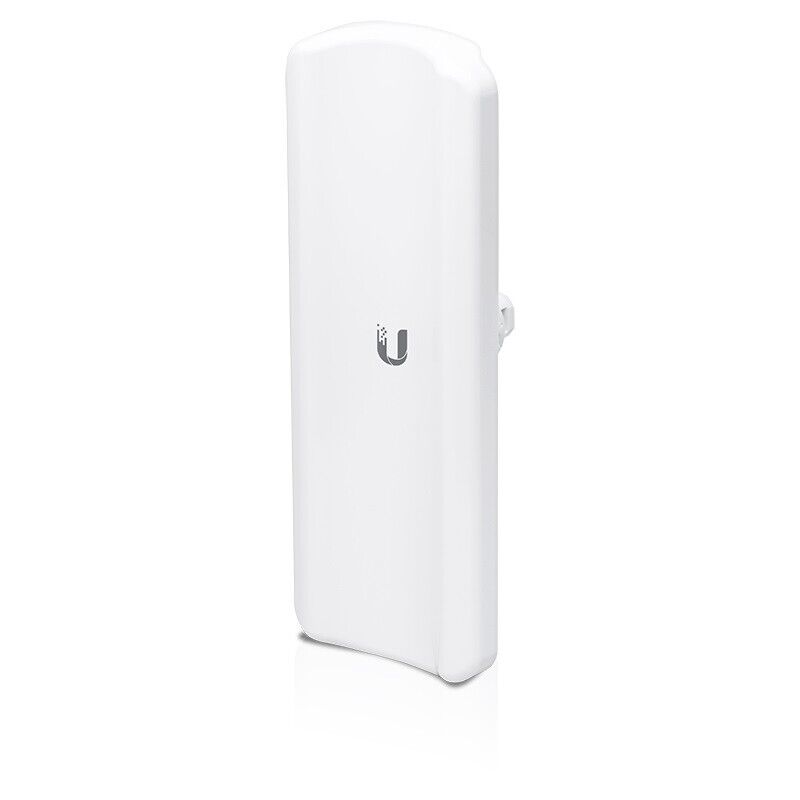The world is changing fast, and so is how we connect to it. The Future of Outdoor Wireless Connectivity is no longer just a prediction—it’s unfolding right before our eyes. From smart homes and outdoor entertainment to large-scale industrial IoT applications, wireless technology is redefining how we interact with the outdoors. In this article, we’ll explore the upcoming trends, technologies, and innovations that are shaping the future of outdoor wireless systems. Whether you’re a tech enthusiast or a business owner, these insights will help you stay ahead of the curve.
Smart Cities and Public Wi-Fi Expansion
One of the most exciting aspects of The Future of Outdoor Wireless Connectivity is the rapid rise of smart cities. Urban environments are being transformed with city-wide wireless coverage, allowing people to stay connected wherever they are. Municipalities are now installing outdoor Wi-Fi hotspots in parks, public squares, and transit stations to enhance the digital experience. This is not just about convenience—it also supports real-time data collection, environmental monitoring, and even traffic control systems. As cities become more connected, outdoor wireless will be the foundation of smarter infrastructure.
5G and Beyond: The Speed Revolution Outdoors
The rollout of 5G networks has already started to reshape the wireless landscape. But when we talk about The Future of Outdoor Wireless Connectivity, it doesn’t stop at 5G. Next-gen wireless technologies like 6G and low-orbit satellite internet are being developed to provide even faster, more reliable coverage outdoors. This will allow for lag-free video streaming, high-speed downloads, and advanced applications like autonomous vehicles and drone deliveries. As latency drops and bandwidth increases, outdoor environments will become just as connected and seamless as indoor ones.
The Rise of Outdoor IoT Devices
Outdoor IoT devices are at the heart of The Future of Outdoor Wireless Connectivity. Think of smart irrigation systems, environmental sensors, weather stations, and wildlife monitoring tools—all operating wirelessly and sharing real-time data. These systems need reliable, low-power wireless connections to function properly. LPWAN (Low-Power Wide-Area Network) technologies like LoRaWAN and NB-IoT are gaining traction for their ability to support outdoor sensors over long distances with minimal energy consumption. This opens up endless possibilities for smart farming, climate tracking, and rural connectivity.
Mesh Networks: Redefining Wireless Coverage
One of the challenges in outdoor environments is maintaining strong, stable connections across large areas. That’s where mesh networks come in. A core component of The Future of Outdoor Wireless Connectivity, mesh networks involve multiple nodes that communicate with each other, creating a web of coverage. They eliminate dead zones and increase reliability, especially in places like parks, campuses, or industrial sites. As the demand for ubiquitous wireless access grows, mesh networking is becoming a must-have in outdoor wireless design strategies.
Edge Computing Meets Outdoor Wireless
With the explosion of data from outdoor cameras, sensors, and smart devices, sending all that information to centralized servers isn’t always practical. That’s why The Future of Outdoor Wireless Connectivity includes a strong shift toward edge computing. By processing data closer to the source—in gateways or edge devices—latency is reduced and network efficiency is improved. For instance, outdoor security cameras can analyze footage in real time without needing constant cloud access. This synergy between outdoor wireless and edge computing is essential for scalability and responsiveness.
The Role of Solar-Powered Wireless Devices
Sustainability is becoming a key part of tech innovation. As such, The Future of Outdoor Wireless Connectivity heavily depends on energy-efficient and eco-friendly devices. Solar-powered wireless units are becoming popular for remote locations where wired electricity isn’t available. From weather monitors to public Wi-Fi towers, solar energy is helping keep outdoor wireless systems running 24/7. These self-sustaining setups reduce operational costs and expand the reach of wireless infrastructure into off-grid or disaster-prone regions.
Cybersecurity in Outdoor Wireless Systems
With more devices connecting wirelessly outdoors, security becomes a critical concern. The Future of Outdoor Wireless Connectivity will demand advanced encryption, secure device authentication, and proactive threat detection to ensure user data and system integrity. Hackers can target exposed devices or unsecured networks in outdoor settings, so manufacturers are increasingly building cybersecurity into the hardware. Security protocols like WPA3, VPN tunneling, and AI-based anomaly detection will play a larger role in keeping outdoor wireless environments safe.
Integration with Smart Access and Monitoring Systems
As smart cities grow, wireless connectivity is extending to security and access control systems. The Future of Outdoor Wireless Connectivity includes seamless integration with tools like Cloud Keys & Gateways for managing entry points in buildings, parking lots, and gated communities. These systems require real-time communication and a robust outdoor wireless backbone. Similarly, outdoor camera security systems now rely heavily on wireless technology for live monitoring, alerts, and storage. This integration enhances both safety and operational convenience.
Weather-Resistant Hardware and Rugged Design
Outdoor wireless hardware must be tough. Devices exposed to rain, heat, snow, or dust require enclosures with high IP ratings and materials that withstand extreme conditions. As part of The Future of Outdoor Wireless Connectivity, manufacturers are now focusing on weatherproof designs that ensure performance without frequent maintenance. From corrosion-resistant antennas to freeze-proof batteries, every component is being reimagined for long-term outdoor use. These rugged solutions are crucial for reliable and uninterrupted service.
Conclusion: A Seamless, Smart Outdoor Future
To sum it up, The Future of Outdoor Wireless Connectivity is heading toward a world where smart systems, high-speed internet, and sustainable energy converge to create intelligent outdoor environments. From public Wi-Fi and 5G to smart agriculture and autonomous vehicles, outdoor wireless will power the next wave of innovation. The key to success lies in building networks that are not only fast and widespread but also secure, adaptive, and eco-friendly. Whether you’re a homeowner, business leader, or policymaker, now is the time to invest in outdoor wireless solutions that are ready for tomorrow.




